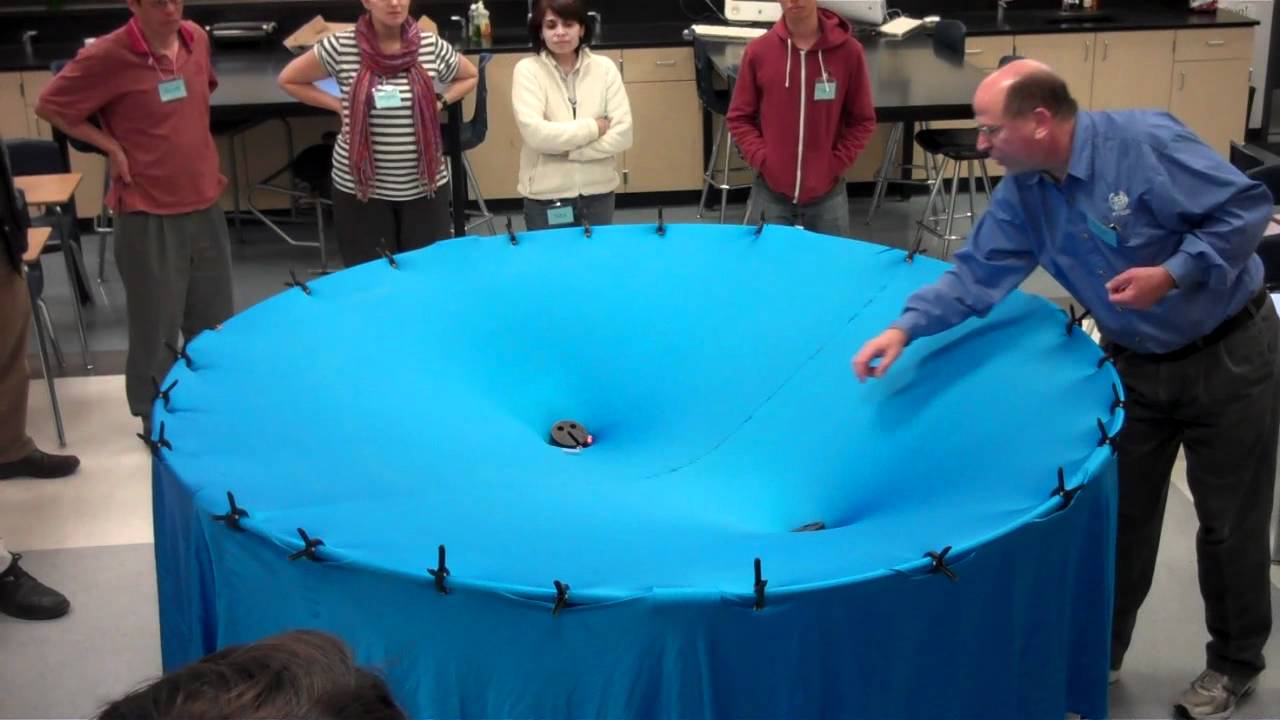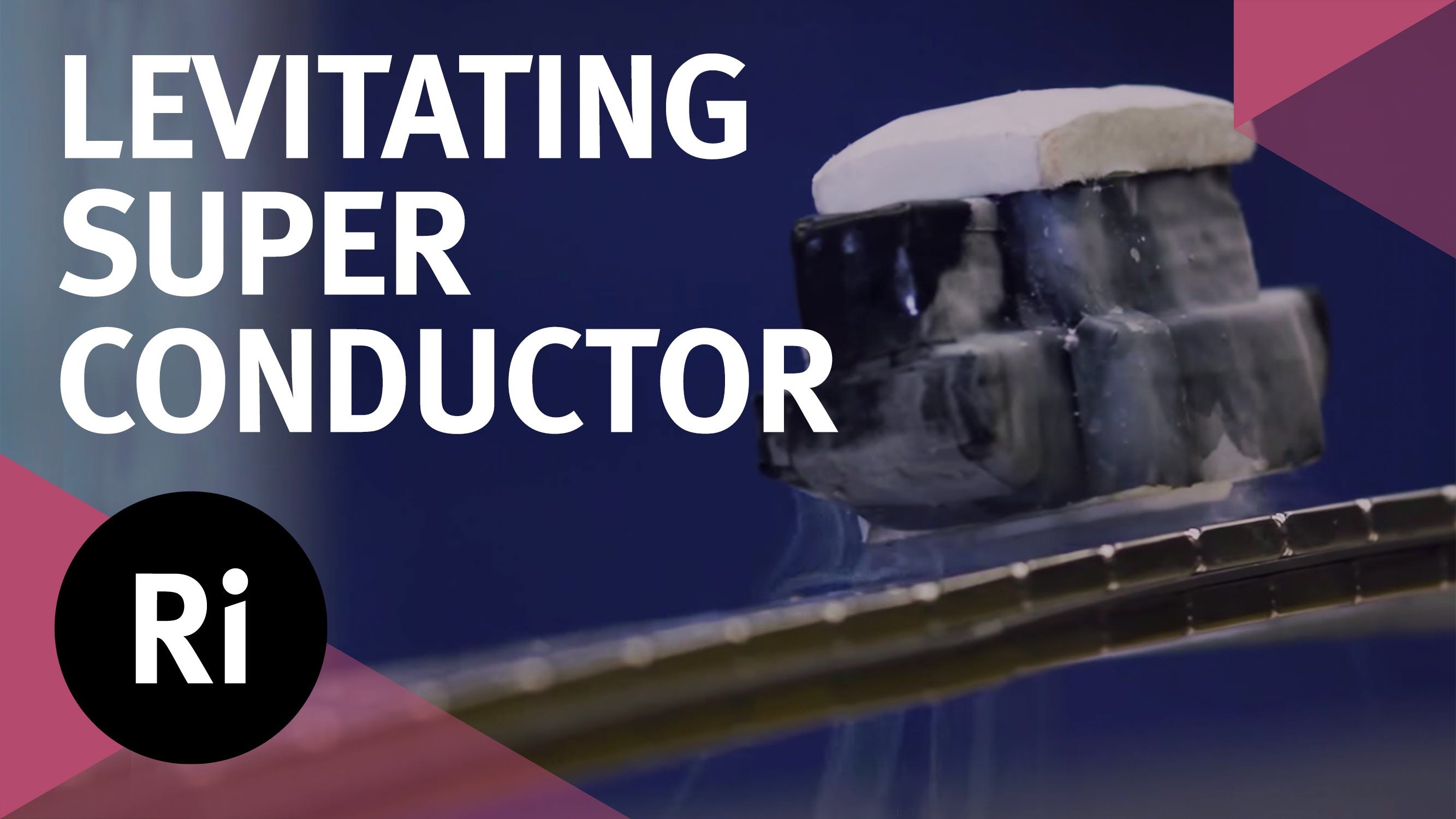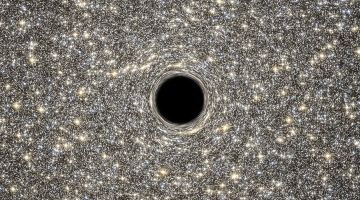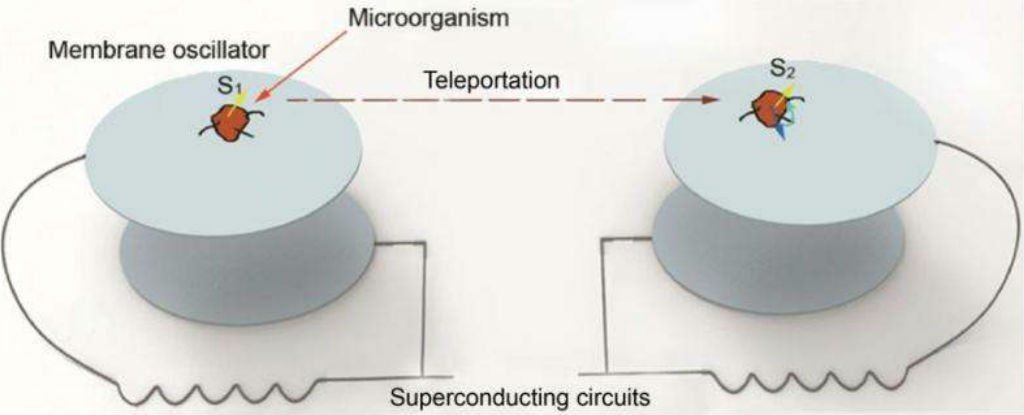Feb 8, 2016
What Are Gravitational Waves And Why Do They Matter?
Posted by Dan Kummer in category: physics
Physicists have been buzzing (or rather, tweeting) about the possibility that the Laser Interferometer Gravitational-Wave Observatory (LIGO) experiment finally discovered gravitational waves. LIGO has been searching for these cosmic ripples for over a decade. Last September, it upgraded to Advanced-LIGO, a more sensitive system that’s also better at filtering out noise. Advanced-LIGO has a much stronger chance of collecting concrete evidence of gravitational waves—if it hasn’t already.
Scientists may be excited, but talk of gravitational waves leaves most people scratching their heads. What are these cosmic vibrations, and why are they making waves in the scientific community?
Continue reading “What Are Gravitational Waves And Why Do They Matter?” »















